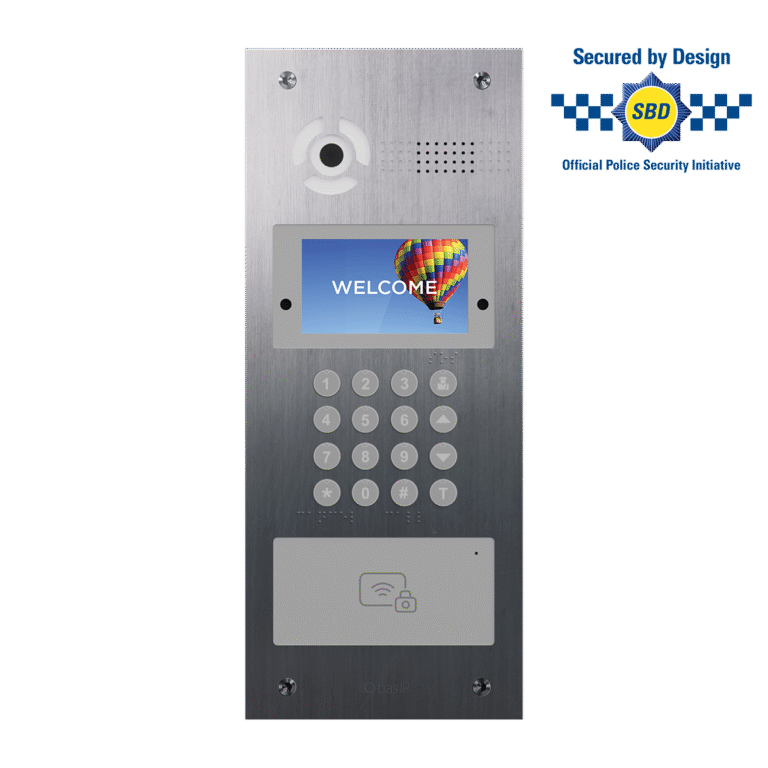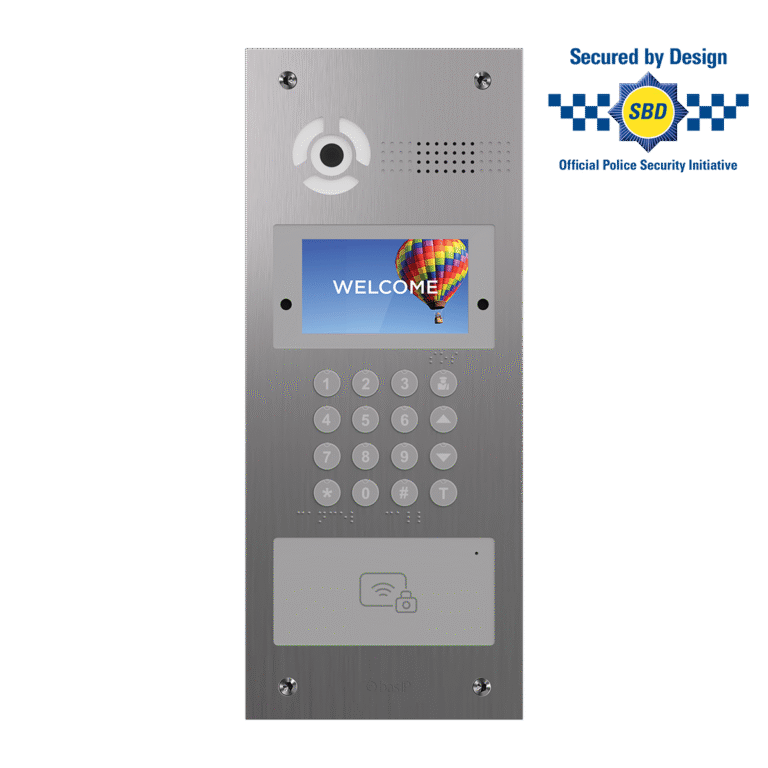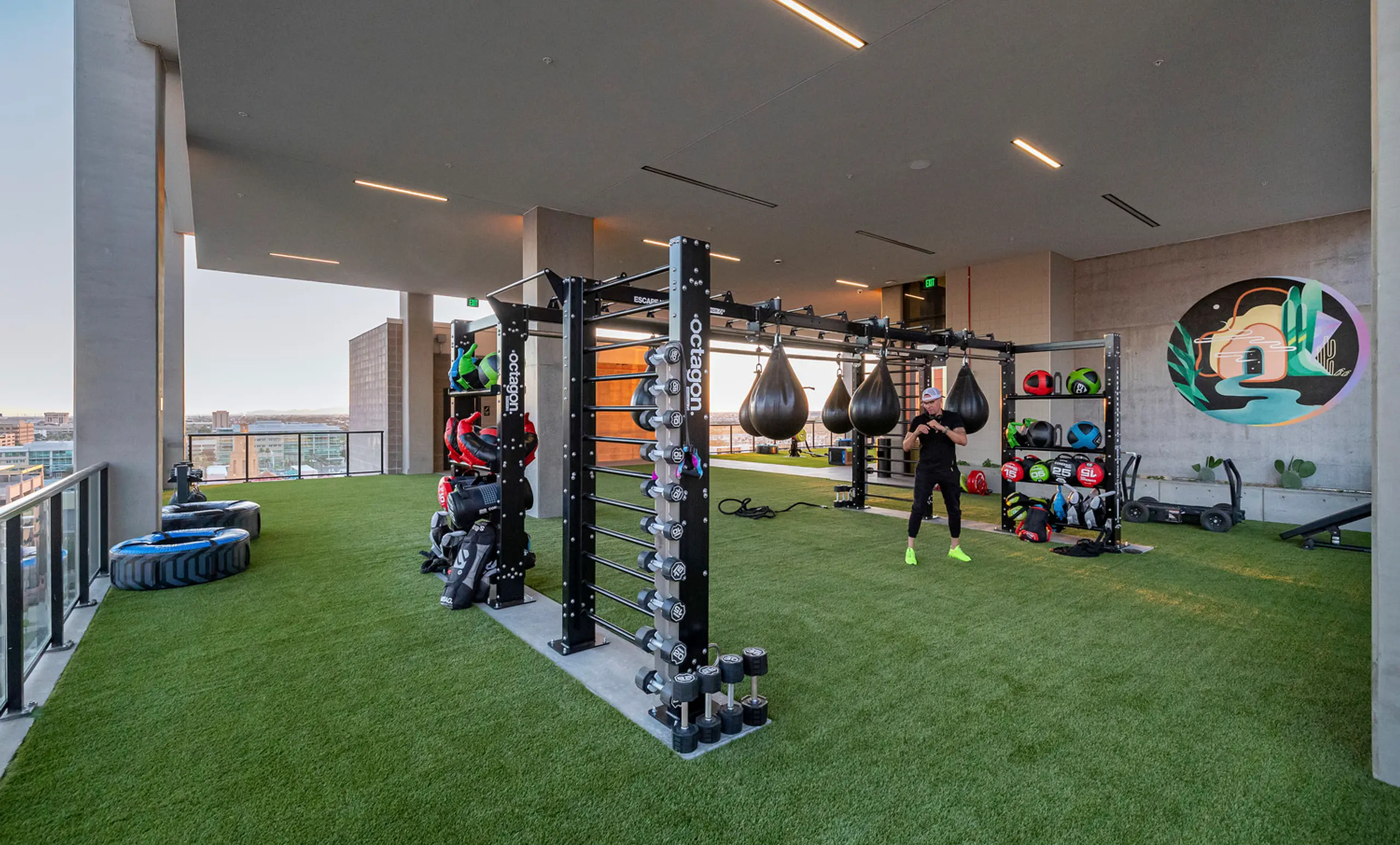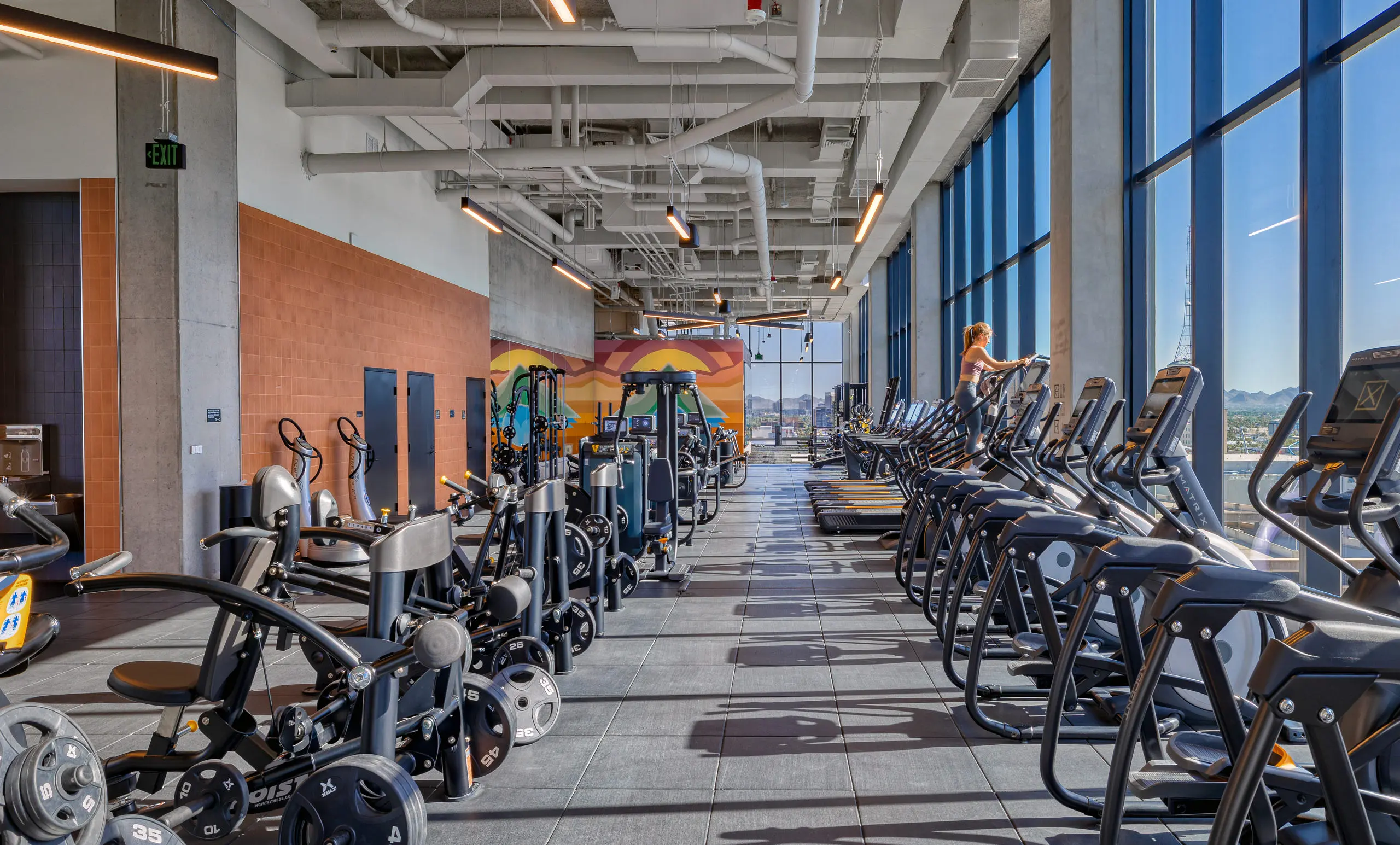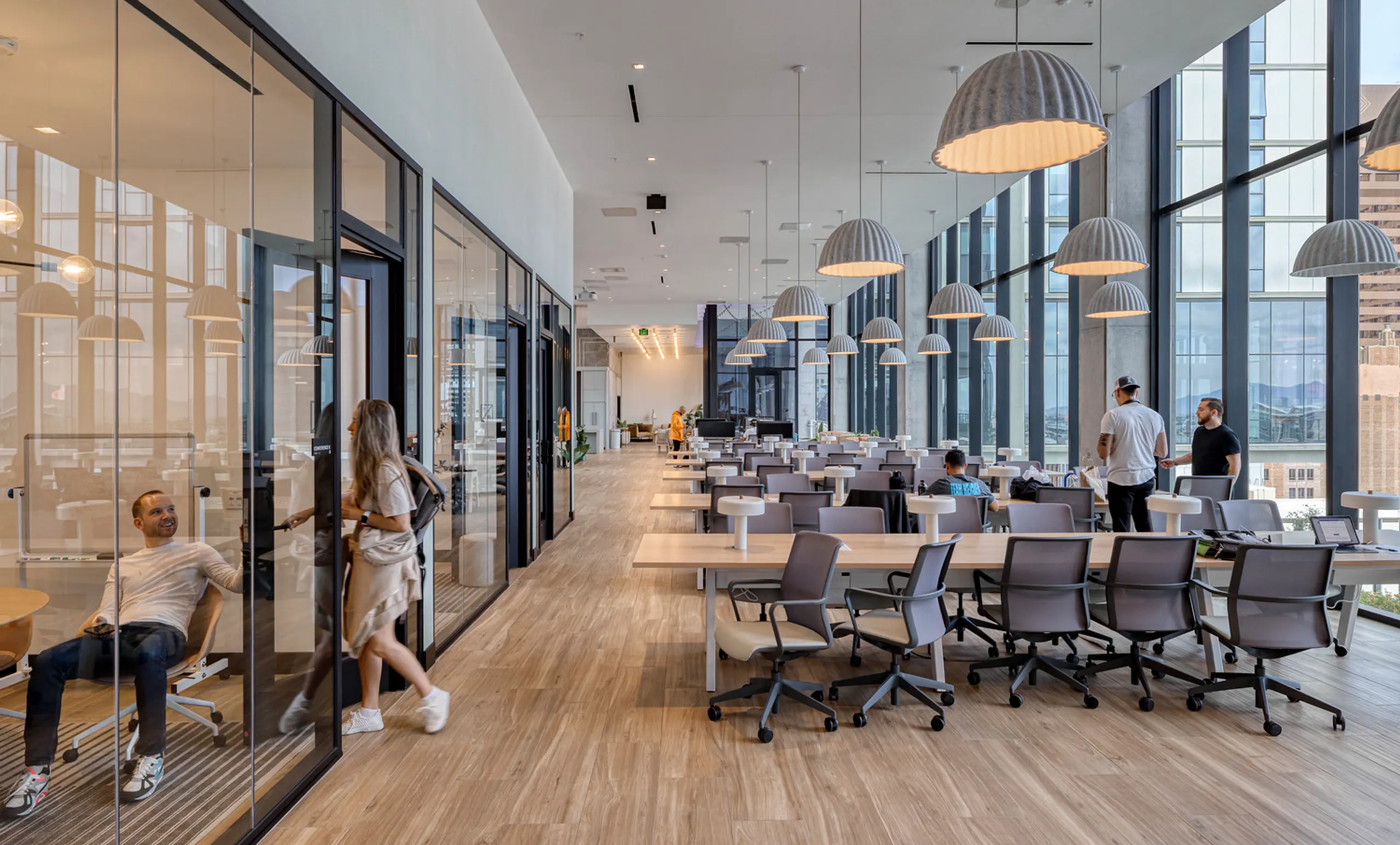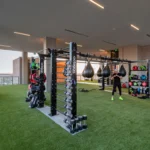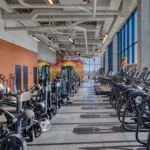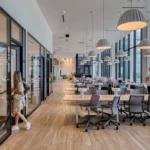Multifamily Renovation: A Comprehensive Guide to Elevating Property Value
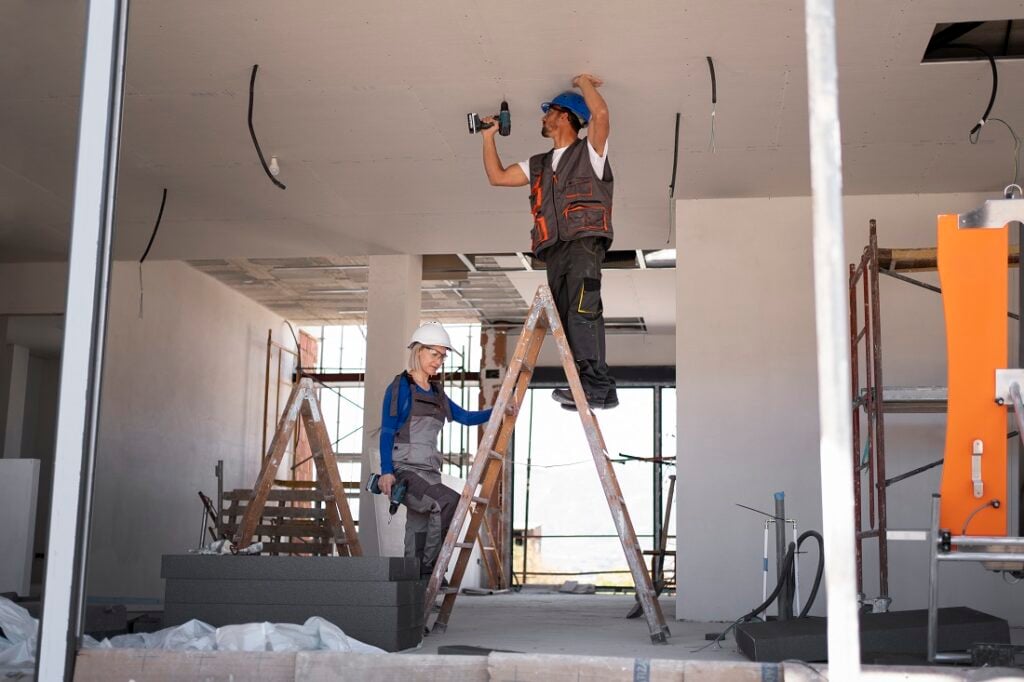
In the bustling world of real estate, multifamily renovation has emerged as a pivotal aspect. This process, involving the refurbishment and upgrade of buildings with multiple housing units, plays a significant role in enhancing the value of properties and ensuring their longevity.
Understanding Multifamily Renovation
What is Multifamily Renovation?
Multifamily renovation refers to the process of updating and improving buildings that house more than one family. This can range from minor cosmetic changes to major structural overhauls. The primary goal is to enhance the property’s appeal, functionality, and value.
The Role of Property Renovating in Enhancing Real Estate Value
Renovating a property, particularly a multifamily building, plays a significant role in enhancing its real estate value. This process involves making improvements and updates to the property, which can increase its appeal to potential tenants or buyers, leading to higher rental income or sale price. Here are some ways in which property renovation can enhance real estate value.
Improved Aesthetics and Modernization
One of the most immediate impacts of a renovation is the enhancement of the property’s aesthetics. By updating outdated designs, introducing modern fixtures and finishes, and improving the overall look and feel of the property, owners can make their property more attractive to potential tenants or buyers. This increased appeal can translate into higher rents or a higher sale price.
Increased Functionality and Usability
Renovations can also increase the functionality and usability of a property. This could involve reconfiguring the layout to make better use of space, adding additional rooms or amenities, or updating systems and appliances to improve efficiency and convenience. These improvements can make the property more desirable to tenants, allowing owners to command higher rents.
Reliable Communication
In a multifamily building, reliable communication is of paramount importance. It not only ensures the smooth functioning of the building’s operations but also significantly contributes to the safety and convenience of the residents.
For tenants, a reliable intercom system provides a quick and efficient way to communicate with property management, request services, or address any issues or concerns. It also allows for secure access control, ensuring that only authorized individuals can enter the building or certain areas within it.
For property managers, an intercom system can streamline operations and improve service delivery. It allows for real-time communication with tenants, immediate response to service requests or emergencies, and efficient management of access control.
Moreover, in the context of a renovation, the integration of a modern, reliable intercom system can significantly enhance the value and appeal of a multifamily property. It not only improves the functionality of the property but also signals to potential tenants or buyers that the property is well-managed and up-to-date with the latest technology.
Enhanced Energy Efficiency
Energy efficiency is becoming increasingly important to many tenants and buyers. By making energy-efficient upgrades during a renovation, such as installing energy-efficient appliances, improving insulation, or updating heating and cooling systems, owners can reduce the property’s operating costs and make it more attractive to environmentally conscious tenants or buyers.
Compliance with Current Standards and Regulations
Renovations can also be an opportunity to bring a property up to current standards and regulations. This could involve updating safety features, improving accessibility, or addressing any other issues that might be required by local building codes or regulations. Ensuring compliance with these standards can prevent costly fines or legal issues, and can also increase the property’s appeal to tenants or buyers.
In conclusion, property renovation plays a crucial role in enhancing real estate value. By improving aesthetics, increasing functionality, enhancing energy efficiency, and ensuring compliance with current standards, owners can increase the appeal of their property and maximize their return on investment.
The Process of Multifamily Building Renovation
Renovating a multifamily building is a complex process that requires careful planning, coordination, and execution. It typically involves several key stages, each with its own set of tasks and considerations.
Initial Planning and Design
The first step in any renovation project is to establish a clear plan. This involves identifying the goals of the renovation, such as improving the building’s aesthetic appeal, increasing its functionality, or enhancing its energy efficiency.

During this stage, property owners should work with architects, designers, and contractors to develop a detailed design plan. This plan should outline the scope of the renovation, including which areas of the building will be renovated, what changes will be made, and what materials and finishes will be used.
Obtaining Permits and Approvals
Before the renovation can begin, property owners must obtain the necessary permits and approvals. This typically involves submitting the design plan to the local building department for review. The specific requirements can vary based on the location and scope of the renovation, so it’s important to consult with a knowledgeable professional.
Construction
Once the design plan has been approved and the necessary permits have been obtained, the construction phase can begin. This involves executing the renovation according to the design plan.
During this stage, it’s crucial to maintain regular communication with the construction team to ensure the project stays on schedule and within budget. Regular site visits can also help to identify and address any issues that arise during construction.
Final Inspection and Completion
After the construction is complete, the renovated areas of the building must be inspected to ensure they comply with the approved design plan and local building codes. Any issues identified during the inspection must be addressed before the renovation can be considered complete.
Once the renovation has passed inspection, the final step is to clean and prepare the renovated areas for use. This may involve installing furniture and fixtures, painting, and finalizing any remaining details.
Challenges and Solutions in the Renovation Process
Renovating a multifamily building can present various challenges, such as unforeseen structural issues, delays due to weather or supply chain disruptions, and budget overruns. However, with thorough planning, professional expertise, and effective communication, these challenges can be successfully navigated.
For example, unforeseen structural issues can be mitigated by conducting a thorough building inspection before beginning the renovation. Delays due to weather or supply chain disruptions can be managed by building flexibility into the project timeline. And budget overruns can be prevented by establishing a realistic budget from the outset and closely monitoring project costs.
In conclusion, while the process of renovating a multifamily building can be complex, it can also be a rewarding investment that significantly enhances the value and appeal of the property.
Key Players in the Multifamily Renovation Industry
Overview of Top Multifamily Renovation Companies
There are numerous companies specializing in multifamily renovations, each with their unique strengths and specialties. Some of the top players include XYZ Renovations, ABC Builders, and 123 Construction.
Case Studies of Successful Multifamily Renovations
Several multifamily properties have undergone transformative renovations, resulting in increased value and tenant satisfaction. These case studies provide valuable insights into the potential benefits of multifamily renovation.
Cost Analysis of Multifamily Renovation
Understanding the cost of a multifamily renovation is crucial for property owners and investors. The cost can vary greatly depending on the scope of the project, the condition of the building, and the local market conditions. Here, we delve into the key components that contribute to the overall cost of a multifamily renovation.
Breakdown of Renovation Costs
The cost of a multifamily renovation can be broken down into several key components:
- Labor: This is the cost of hiring professionals to carry out the renovation. It typically includes the wages of contractors, architects, designers, and other specialists.
- Materials: This includes the cost of all the materials needed for the renovation, such as paint, flooring, fixtures, and appliances.
- Permits and Fees: Depending on the local regulations, you may need to pay for permits and fees to carry out a renovation.
- Contingency: It’s always wise to set aside a contingency fund for unexpected costs that may arise during the renovation. This is typically around 10-20% of the total project cost.
Detailed Analysis of Renovation Cost Per Square Foot in NYC
In a city like New York, the cost per square foot for a multifamily renovation can vary greatly. On average, you might expect to pay between $200 and $400 per square foot for a standard renovation. However, this can increase significantly for high-end renovations with luxury finishes and custom work.
Here’s a rough breakdown of costs per square foot for a standard renovation in NYC:
- Labor: $100 – $200
- Materials: $50 – $150
- Permits and Fees: $20 – $50
- Contingency: $30 – $100
Please note that these are rough estimates and the actual costs can vary based on a variety of factors.
Factors Influencing the Cost of Renovation
Several factors can influence the cost of a multifamily renovation:
- Scope of the Project: The more extensive the renovation, the higher the cost. For example, a renovation that involves structural changes will be more expensive than one that is purely cosmetic.
- Condition of the Building: Older buildings or those in poor condition may require more extensive work, which can increase the cost.
- Local Market Conditions: The cost of labor and materials can vary based on local market conditions. For example, renovation costs are typically higher in cities with a high cost of living.
- Level of Finish: High-end finishes and custom work can significantly increase the cost of a renovation.
By understanding these factors, property owners can make informed decisions about their renovation projects and ensure they get the best possible return on their investment.
Tips for Choosing a Multifamily Renovation Contractor
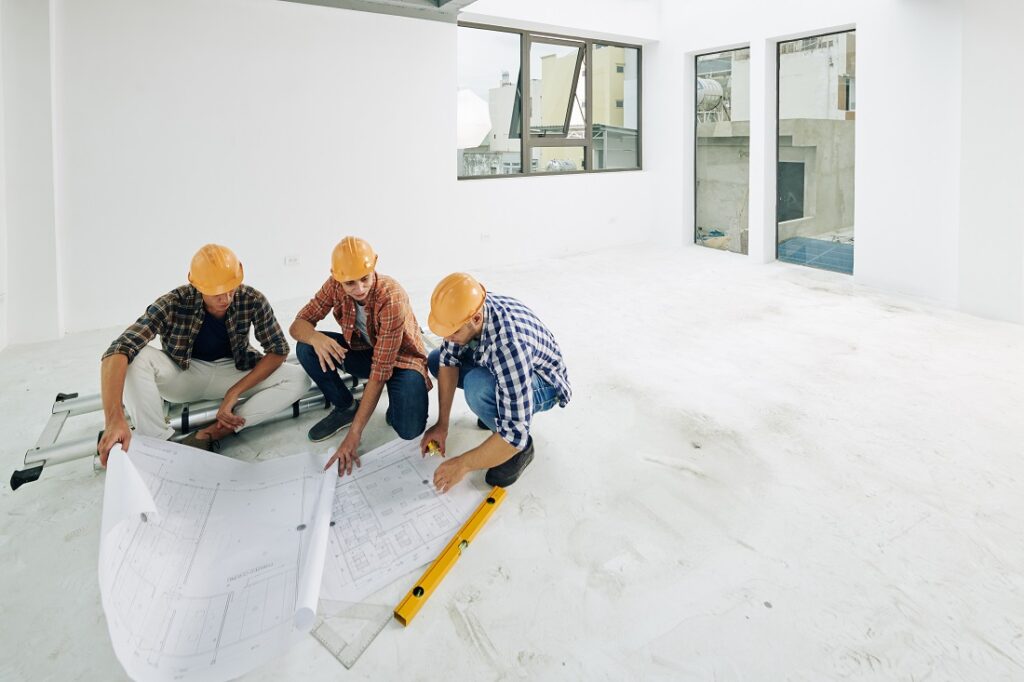
Choosing the right contractor is a crucial step in any multifamily renovation project. The contractor will be responsible for executing your vision and ensuring the project is completed on time and within budget. Here are some tips to help you select a reliable renovation contractor.
Criteria for Selecting a Reliable Renovation Contractor
- Experience: Look for a contractor with a proven track record in multifamily renovations. They should be able to provide examples of previous projects similar to yours.
- Reputation: Check online reviews and ask for references. A reputable contractor should have positive feedback from previous clients and be willing to provide references upon request.
- Licensing and Insurance: Ensure the contractor is licensed to operate in your area and carries adequate insurance. This protects you in case of any issues or accidents during the renovation.
- Communication: Good communication is key to a successful renovation project. The contractor should be responsive, clear in their explanations, and open to your ideas and concerns.
- Detailed and Realistic Quote: The contractor should provide a detailed quote that breaks down the cost of labor, materials, and other expenses. Be wary of quotes that seem too good to be true—they often are.
Questions to Ask Potential Renovation Contractors
Before hiring a renovation contractor, it’s important to ask some key questions to ensure they’re the right fit for your project. Here are some questions you might consider:
- How many multifamily renovation projects have you completed? This will give you an idea of their experience in this specific area.
- Can you provide references from previous clients? Speaking with previous clients can provide valuable insights into the contractor’s work quality and professionalism.
- Are you licensed and insured? This is crucial for your protection in case of any issues or accidents during the renovation.
- Can you provide a detailed quote? A detailed quote will help you understand where your money is going and avoid any surprise costs later on.
- How do you handle project delays or cost overruns? It’s important to know how the contractor will handle any potential issues that could impact the timeline or cost of the project.
By taking the time to carefully select a renovation contractor, you can ensure your multifamily renovation project is in good hands.
The Impact of Renovation on Property Value
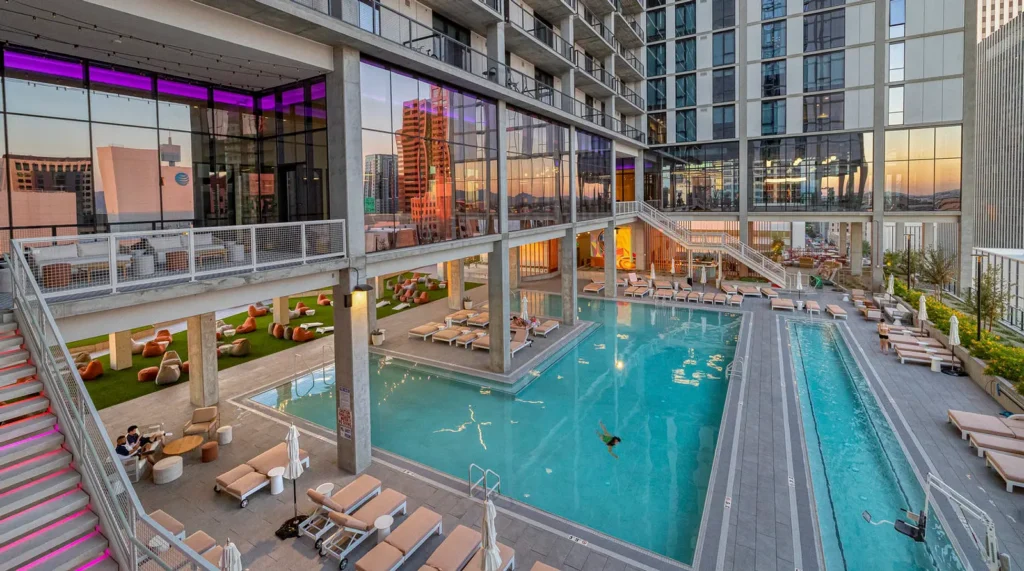
Renovations can significantly impact the value of a multifamily property. By improving the building’s aesthetic appeal, functionality, and efficiency, renovations can attract higher-paying tenants and increase the overall market value of the property.
How Property Renovating Can Increase the Value of a Multifamily Building
- Improved Aesthetics: A well-executed renovation can greatly enhance the visual appeal of a property. Updated interiors, fresh paint, and modern fixtures can make the property more attractive to potential tenants, allowing you to command higher rents.
- Increased Functionality: Renovations can also improve the functionality of a property. For example, redesigning the layout of a unit to include an additional bedroom or bathroom can make it more appealing to families or groups of roommates.
- Enhanced Efficiency: Energy-efficient upgrades, such as new windows, insulation, or energy-efficient appliances, can reduce the property’s operating costs. These savings can be passed on to tenants in the form of lower utility bills, making the property more attractive to potential renters.
- Improved Safety and Compliance: Renovations can also be an opportunity to address safety issues or bring the property up to code, which can prevent costly fines and legal issues down the line.
Real-life Examples of Property Value Increase Due to Renovation
There are numerous examples of multifamily properties that have seen substantial increases in value following renovations. For instance, a property in Brooklyn, New York, underwent a comprehensive renovation that included updating the interiors, improving the building’s energy efficiency, and adding amenities such as a rooftop deck. Following the renovation, the property’s value increased by 30%, and the owner was able to attract higher-paying tenants.
In another example, a property in San Francisco was converted from a single-family home into a multifamily property with three units. The renovation included updating the interiors, adding additional bathrooms, and improving the property’s energy efficiency. As a result, the property’s value more than doubled, and the owner was able to generate significantly higher rental income.
These examples illustrate the potential for renovations to significantly increase the value of a multifamily property. However, it’s important to note that the specific impact will depend on a variety of factors, including the scope of the renovation, the local real estate market, and the property’s initial condition.
Future Trends in Multifamily Renovation
The multifamily renovation industry is continually evolving, with new trends emerging in response to changes in technology, tenant preferences, and environmental considerations. Here are some of the key trends predicted to shape the future of multifamily renovations.
X Phoenix Project
Predicted Trends in the Multifamily Renovation Industry
- Sustainability: As environmental awareness grows, more property owners are seeking to reduce their buildings’ environmental impact. This is leading to a rise in sustainable renovations, which may include energy-efficient upgrades, the use of sustainable materials, and designs that maximize natural light and ventilation.
- Smart Home Technology: The integration of smart home technology is another growing trend. This can include everything from smart thermostats and lighting systems to advanced security systems. These technologies can increase a property’s appeal to tech-savvy tenants and potentially allow for higher rents.
- Flexible Living Spaces: As remote work becomes more common, there’s a growing demand for flexible living spaces that can easily be adapted for different uses. This might involve creating multifunctional spaces that can serve as a home office, guest room, or workout area, depending on the tenant’s needs.
- Health and Wellness Features: In response to the COVID-19 pandemic, there’s a growing focus on health and wellness features in multifamily properties. This could include improved ventilation systems, touchless fixtures, and amenities such as fitness centers and outdoor spaces.
How These Trends Can Affect Property Owners and Investors
These trends present both opportunities and challenges for property owners and investors. On one hand, they offer the potential to increase a property’s appeal and value. For example, a property that incorporates sustainable features or smart home technology may be able to attract higher-paying tenants and command higher rents.
On the other hand, these trends also require staying informed and adapting to changing tenant expectations and technological advancements. Property owners may need to invest in new technologies or hire contractors with specialized expertise. However, those who are able to successfully navigate these trends stand to reap significant benefits in the form of increased property value and rental income.
Conclusion
Multifamily renovation is a dynamic and vital aspect of the real estate industry. By understanding the process, key players, costs, and future trends, property owners can make informed decisions that enhance their properties’ value and appeal. Whether you’re considering a minor update or a major overhaul, multifamily renovation offers a promising avenue for increasing your return on investment.

